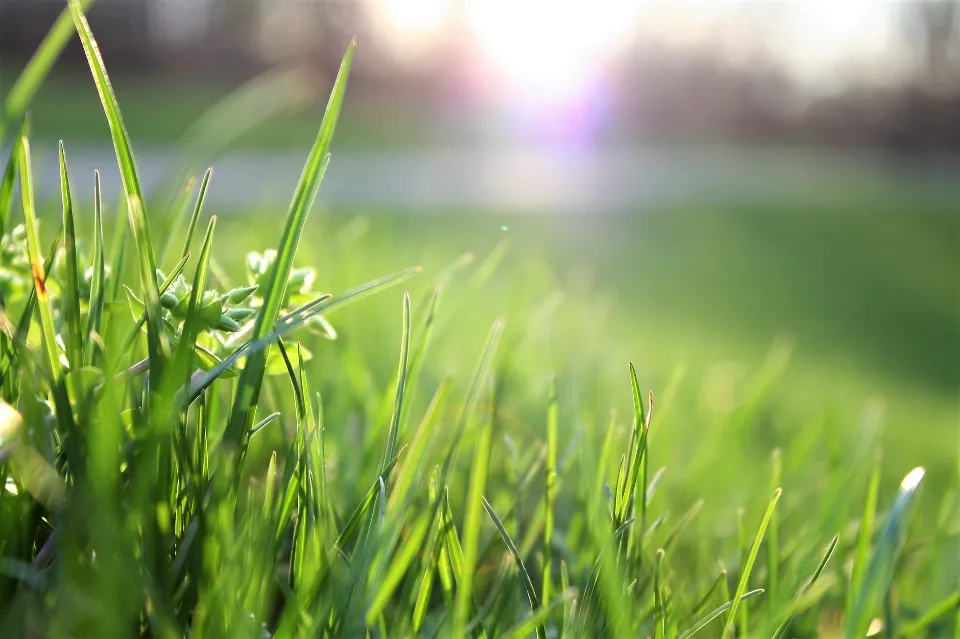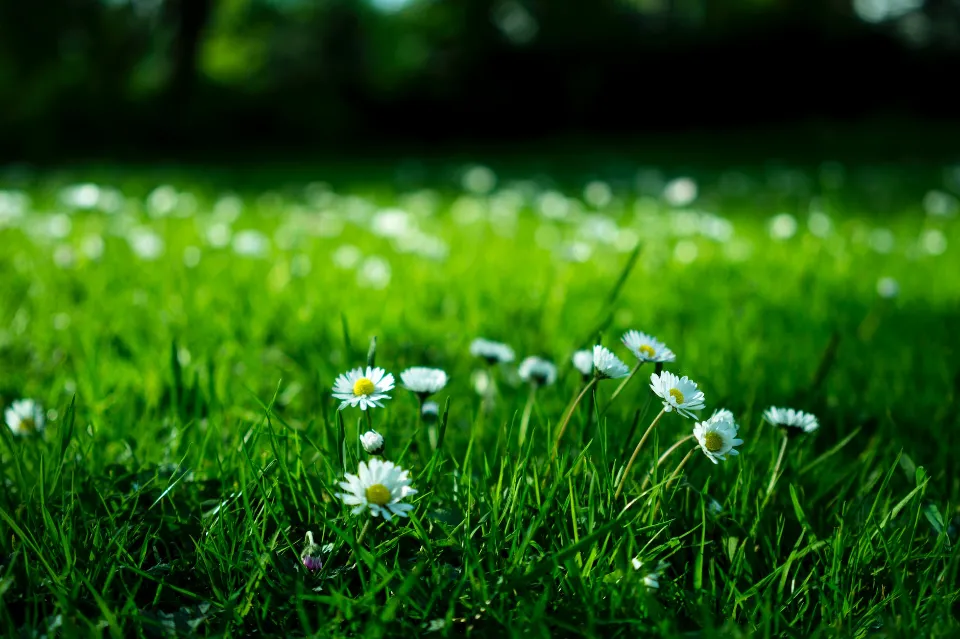You constantly seek ways to enhance your lawn in order to keep it as healthy as possible. In your research, one thing that keeps popping up is your “soil pH”.
For the majority of urban soils, 35 to 56 lbs. of sulfur per 1000 sq. ft. to lower soil pH 0.5 units. Generally, applying more than 20 lbs of sulfur per 1000 sq. is not advised. ft.
What is PH for a Lawn?

Your soil’s potential hydrogen content (pH) is a measure of the amount of hydrogen ions present in that substance. The capitalized “H” is used to properly identify the element. pH is measured on a scale of 1 to 14. Your soil will fall farther down the scale as it becomes more acidic. Alkaline levels are also referred to as “basic”. The pH value of your soil decreases as the acidity levels rise.
Most plants can survive with a neutral pH of 7, which is the level for neutrality. But there are two additives that are frequently suggested when your pH needs to be adjusted. When the pH needs to be raised because the soil is too acidic, lime is used. The most frequently used method to lower your lawn’s pH is sulfur, which is the subject of this article.
How Does Sulfur Amend PH?

A soil’s pH level changes as a result of hydrogen ions being added or taken out. A soil sample’s pH value will decrease the higher the hydrogen ion concentration in that sample is. Increased hydrogen ions are introduced to soil when sulfur is added. The pH level drops as a result of the introduction and subsequent release of hydrogen ions.
Lime therefore has the opposite outcome. Hydrogen ions in the soil will be removed by lime, which will lower their concentration.
How Does PH Affect Turf and Plants?
The majority of common turfgrasses favor a neutral pH between 5.8 and 7.2. Any plant will struggle to absorb the nutrients it needs to survive if it is placed in an environment outside of its preferred range. A low pH level is unfixable by frequent fertilization.
The nutrients that plants require are not soluble enough to be absorbed into the roots when pH levels are too high. The term “soluble” refers to how quickly water can break down nutrients. They cannot be absorbed into the roots if they cannot be broken down. Sulfur plays a role in bringing down soil pH so that nutrients can dissolve more easily.

Ideal PH for Specific Grasses
In terms of what pH it prefers, each type of grass may be a little bit different. According to Clemson University’s College of Agriculture, the ideal ranges for Bermudagrass and Zoysia are 6.0 to 6.5. According to a study from Oregon State University, tall fescue grows at its best between the ages of 5.5 and 7.5. The 5.5 to 7.5 range also encompasses perennial ryegrass.
However, unless we take a soil sample, knowing the pH range a plant prefers won’t be of any use to us.
How Do You Take Soil Samples?
A soil sample is the simplest and most frequent way to determine the pH of your lawn. Use a simple shovel or specialized soil sampling equipment to accomplish this. In any case, make an effort to dig throughout your yard in various locations.
Try to remove dirt that is 6 to 8 inches below the surface. All that is left for you to test is the center portion of each sample after removing the top two inches and bottom two inches.
By doing this, you can be sure that the soil sample you are sending for testing comes from the area where your grass roots are getting the majority of their nutrients. Samples should be combined, allowed to dry at room temperature, then bagged. For a small fee, university agriculture extensions, for-profit businesses, farmer cooperatives, and many other sources will test your sample and provide a wealth of data about the condition of your soil.
Test the pH of your lawn twice a year, in the spring and the fall, if you are currently adjusting it. The time between tests ought to give your lawn plenty of opportunity to adjust to the chemicals you applied in the spring. You can test your pH every two years once it has reached the desired level.
The only exception to this rule is if your grass begins to grow unfavorably or if significant portions of it start to look faded. The most typical indicators of a yard that needs a pH adjustment are stunted growth, excessive growth, discoloration, and bare soil.

How to Apply Sulfur
When applying sulfur, the weather must be suitable. A temperature of less than 75 degrees must be present. Up to 5 pounds of sulfur per 1,000 square feet can be used in established yards. The pH level can be lowered to the desired level by adding additional applications (of up to five pounds each) every three to four weeks.
You can be much heavier with your application amount in a bare yard where you’re getting ready to seed, sod, or sprig. Prior to planting any seed or sod, up to 25 pounds per 1,000 square feet should be applied.
A fertilizer spreader attachment on a tractor might be the best option for you if you have particularly large lawns or fields. The starting point for each application on an acre should be around 200 pounds of pelletized sulfur.
Powder and pelletized sulfur are the two most prevalent forms you will encounter. You can spread sulfur pellets by hand or with a walk-behind broadcast spreader, and sulfur powder can be sprinkled over your lawn. It is much simpler to guarantee the uniform distribution of sulfur pellets over large areas.
Wrap Up

Who would have thought that some of those high school chemistry courses would be useful when maintaining our lawns? Trying to comprehend all the subtleties of experimenting with pH levels can seem intimidating, but following a few simple steps can make it easier for us. Take soil samples, determine the grass’ ideal growing zone, and then add the appropriate fertilizer to help your lawn get there.
Start with 5 pounds per 1,000 square feet if significant changes are necessary, and watch as your lawn begins to recover and flourish in a way it has never before.
FAQs
How Do You Use Sulfur to Lower PH?
Incorporating elemental sulfur into the soil is the least expensive way to reduce pH. Lowering the pH of the soil, soil bacteria convert sulfur to sulfuric acid. Apply elemental sulfur (S) to lower the pH of the soil to 4.5 if it is higher than 5.5.
How Much Sulfur Do I Add to My Lawn?
An established lawn can receive up to 5 pounds of elemental sulfur per 1,000 square feet. During the cooler fall and spring seasons, submit applications every three to four weeks.
Does Sulfur Bring PH Down?
To lower the pH or acidify such soils, elemental sulfur can be used as a soil amendment.





